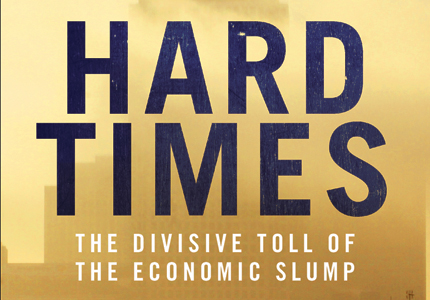Tuesday Studio: Designing Tomorrow
While the Great Depression has been a heavily referenced subject, almost exclusively in its negative sense, it’s worth considering the aesthetic aspects of the period that appeared and endured alongside, or in spite of, worldwide economic restraints. At a time when the United States had emerged as a world power from the end of the Great War, quickly followed by the Roaring Twenties, the Depression was a sudden slap in the face of prosperity.

Nevertheless, the world never stopped turning, and its always changing culture pushed through the difficulties of the era. For architecture, the Depression meant that fewer projects were financed. But instead of falling into disuse, architects put their talents and energy into creating modern constructions, reflecting the transformations in industry and culture that compose our contemporary views of modern twentieth-century architecture. The exposition sites for these projects were the world’s fairs of the Depression that sprang up across America, among them New York, Chicago, Dallas, San Francisco, and Miami. The various sites brought in styles from across the nation, with those in Miami and Dallas even drawing from Catholic Latin America in order to create a “pan-American” culture at the fairs. 
Now, these concerns for regaining the prosperity of modern America and the propulsion into the future are at the heart of an exhibition titled “Designing Tomorrow: America’s World’s Fairs of the 1930s,” on view at the National Building Museum until July 10, 2011. The accompanying catalog, edited by Robert W. Rydell and Laura Burd Schiavo, features over 100 photographs of these striking and imposing buildings. At a time when doubts of the future consumed the minds of those outside the fairgrounds, the splendor within told otherwise. About 100 million visitors attended the various fairs throughout the decade, and rather than plunging thoughts further into despair, the fairs revitalized hopes and strengthened Americans in approaches to innovation, business, and design.
Here are two recordings of the editors moderating panel discussions about the impact and relevancy of the fairs today.
21st-Century World’s Fairs – Part 1: Introduction
21st-Century World’s Fairs – Part 2: Robert Rydell
You can read more about ideas and pieces from the exhibition at the Designing Tomorrow Blog.


It certainly sounds like a very interesting exhibition covering and due to current economic factors, an era that we can all relate to.